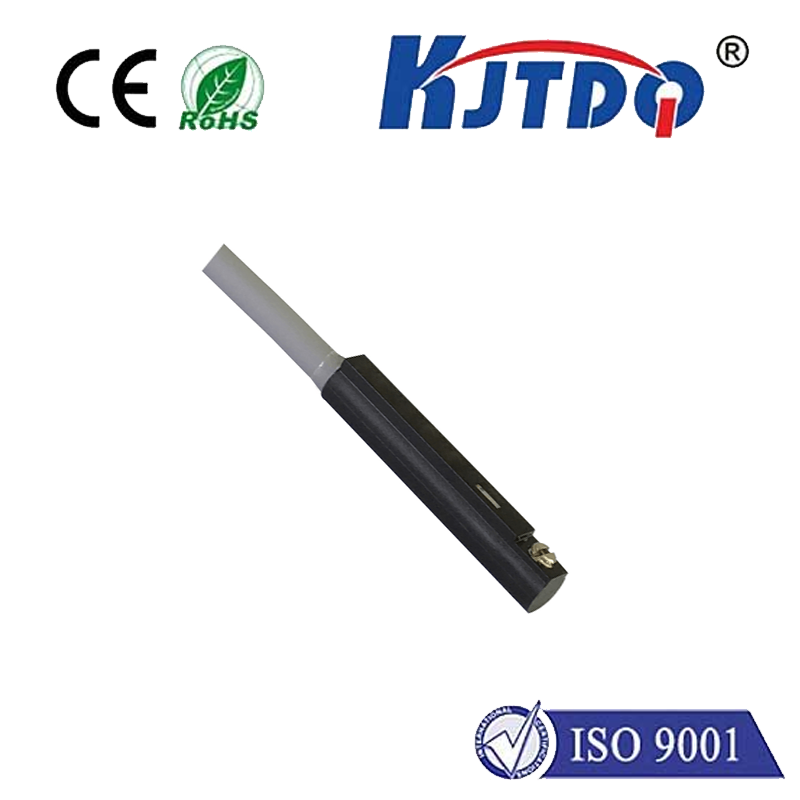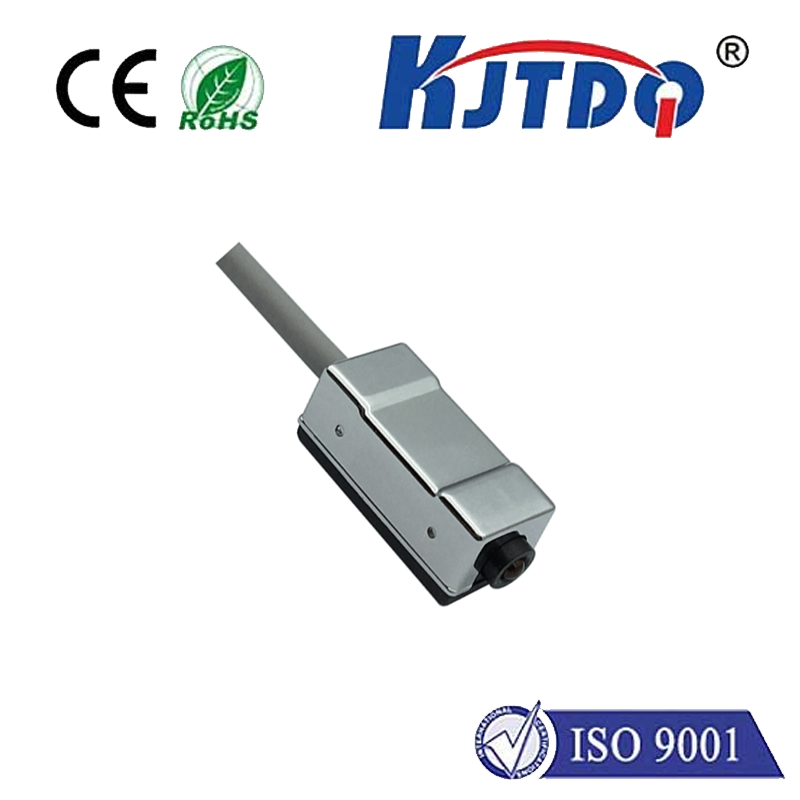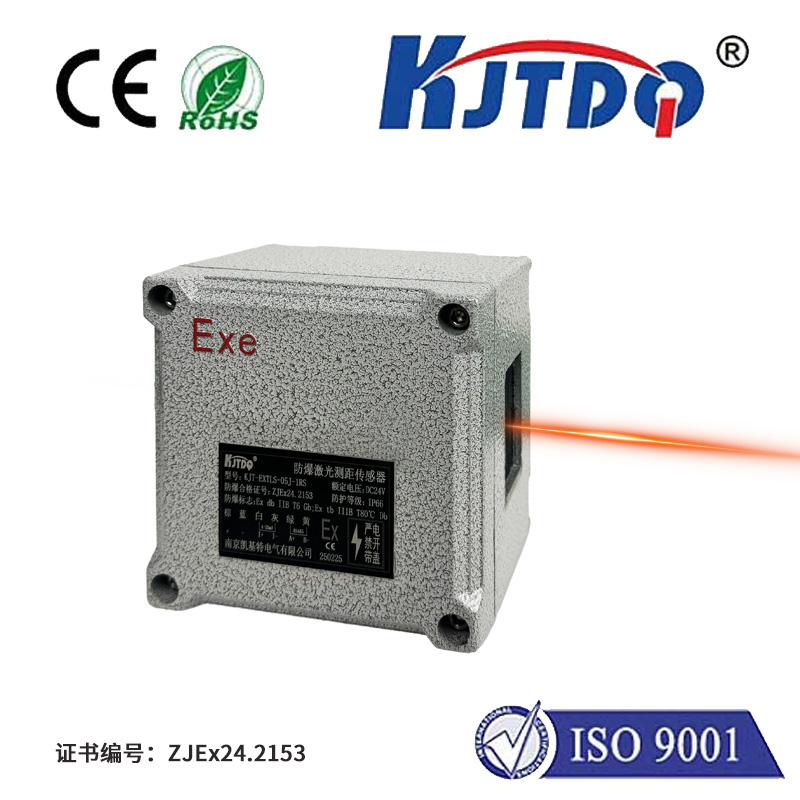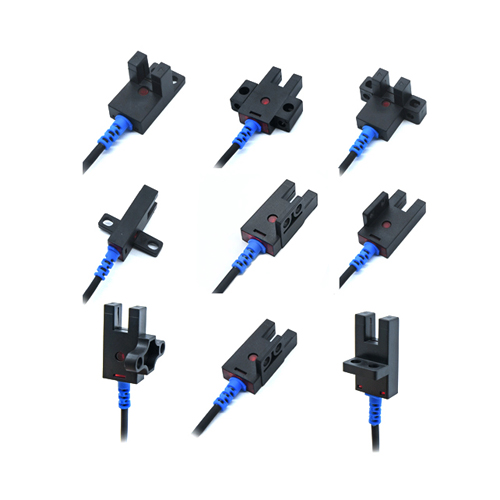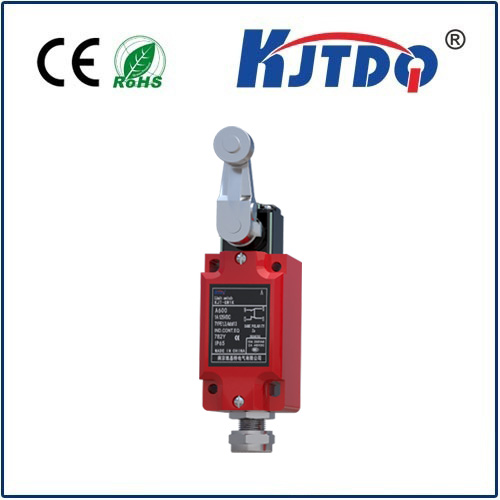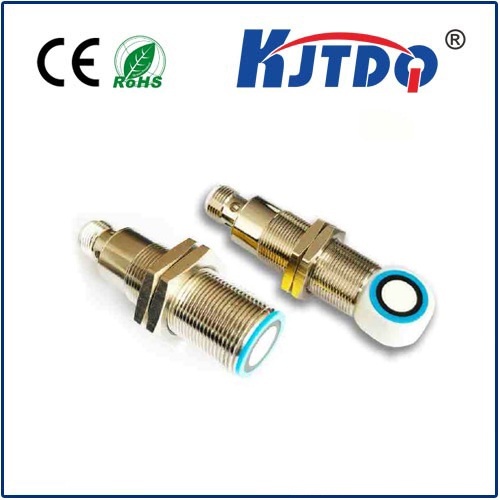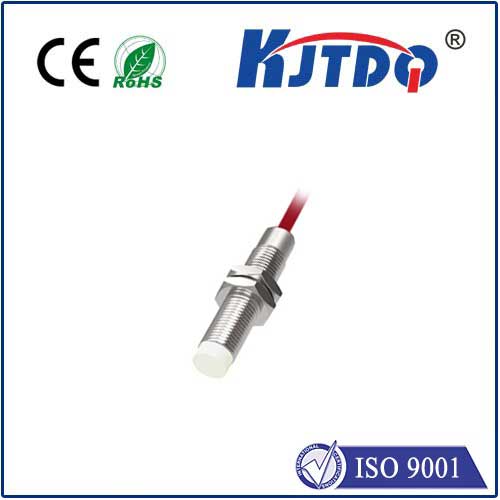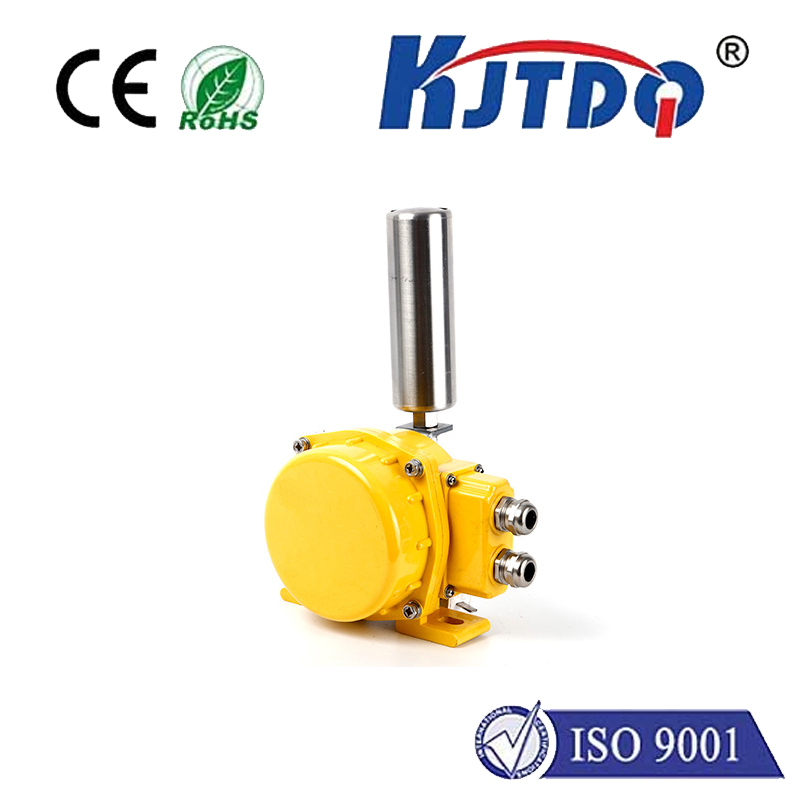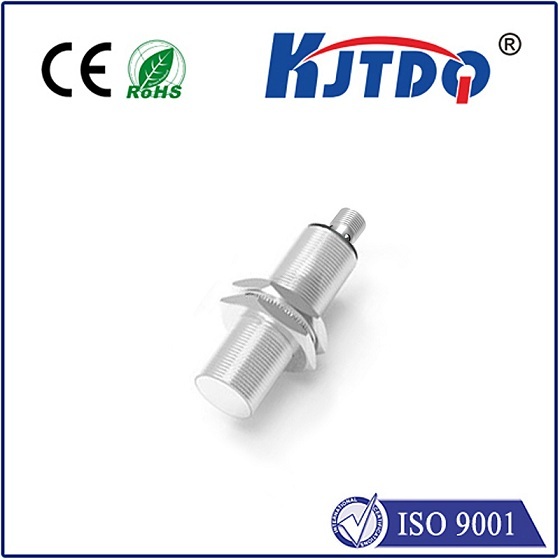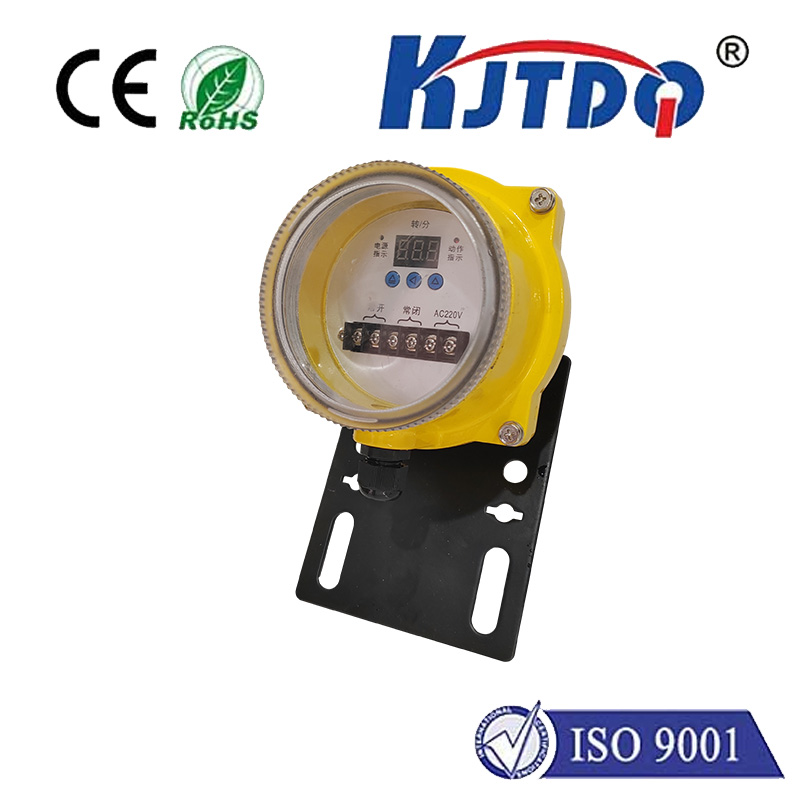mqtt temperature sensor
- time:2025-08-20 01:54:05
- Нажмите:0
The MQTT Temperature Sensor: Revolutionizing Real-Time Environmental Monitoring
Imagine a warehouse storing life-saving vaccines. A critical temperature spike goes unnoticed for hours, rendering the entire shipment useless. Such scenarios underscore the vital importance of precise, real-time temperature monitoring. Enter the MQTT temperature sensor: a cornerstone technology silently transforming how we track and respond to environmental changes across countless industries. Far more than just a thermometer, this IoT device leverages the lightweight and efficient MQTT protocol to deliver data exactly when and where it’s needed.
Understanding the MQTT Advantage
Traditional temperature monitoring often relied on manual checks or periodic polling systems, introducing delays and inefficiencies. MQTT (Message Queuing Telemetry Transport), specifically designed for constrained devices and unreliable networks, solves these problems through its elegant publish/subscribe (pub/sub) model.
- Lightweight Protocol: MQTT’s minimal overhead is ideal for resource-constrained IoT sensors, including battery-powered temperature monitors, ensuring longer operational life.
- Efficient Communication: Instead of sensors constantly transmitting or waiting to be polled, they publish data (like the current temperature reading) only when a significant change occurs or at defined intervals. This dramatically reduces network traffic and power consumption.
- Decoupled Architecture: Subscribers (like cloud dashboards, building management systems, or alerting applications) express interest in specific data topics (e.g.,
building1/floor3/roomA/temperature). An MQTT broker acts as the central hub, routing published messages only to relevant subscribers. New subscribers can join without reconfiguring the sensors.
- Reliable Delivery: MQTT offers configurable Quality of Service (QoS) levels. QoS 0 (at most once) is fastest but least reliable. QoS 1 (at least once) ensures delivery but may involve duplicates. QoS 2 (exactly once) guarantees critical temperature alerts arrive without duplication, crucial for sensitive applications.
Inside the MQTT Temperature Sensor Ecosystem
A typical MQTT-based temperature monitoring system involves several key components working seamlessly:

- The Sensor Node: This is the physical device deployed in the environment. It comprises:
- А.temperature probe (thermistor, RTD, thermocouple, or digital sensor like DS18B20).
- А.microcontroller (MCU - e.g., ESP32, Arduino, Raspberry Pi Pico) to read the probe and process data.
- А.communication module (Wi-Fi, Cellular NB-IoT/LTE-M, LoRaWAN, Ethernet) for network connectivity.
- Power source (battery, mains, PoE, solar).
- The MQTT client firmware controlling read intervals and publishing.
The MQTT Broker: The central nervous system. Popular open-source options include Mosquitto, EMQX, and HiveMQ. Cloud services like AWS IoT Core, Azure IoT Hub, and Google Cloud IoT Core also provide robust managed brokers. It receives published temperature data and routes it to all subscribers interested in that specific topic.
Subscribers & Applications: These are the endpoints consuming the data:
- Dashboards (Grafana, Node-RED, custom UIs): Visualize real-time temperature readings and historical trends.
- Databases (InfluxDB, TimescaleDB): Store time-series data for analysis and reporting.
- Alerting Systems: Trigger SMS, email, or app notifications if temperatures breach predefined thresholds (e.g., freezer failure).
- Control Systems: Automate responses, like turning on AC if server room temperature exceeds limits or activating a heater in a greenhouse.
- Analytics Platforms: Identify patterns, predict maintenance needs, or optimize energy usage.
Why MQTT Reigns Supreme for Temperature Sensing
The synergy between the MQTT protocol and Датчик температуры offers unparalleled advantages:
- Massive Scalability: The pub/sub model effortlessly handles thousands or even millions of MQTT temperature sensors connected to a single broker, making it ideal for large-scale deployments like smart cities or factory floors.
- Network Resilience: MQTT handles intermittent connectivity gracefully. If a sensor loses connection, it can buffer data and transmit it once the link is restored, ensuring no critical readings are lost permanently (depending on QoS and client implementation).
- Low Power Consumption: Crucial for battery-operated sensors, the efficient communication mechanism and sleep modes enabled by MQTT significantly extend battery life, reducing maintenance costs.
- Security: MQTT supports TLS/SSL encryption for secure data transmission in transit and username/password or client certificate authentication, protecting sensitive temperature data from unauthorized access.
- Platform Agnosticism: MQTT clients exist for virtually any programming language and hardware platform, allowing diverse sensors and backend systems to interoperate seamlessly. Your temperature sensor built on an ESP32 can talk to a Python analytics script or a Java enterprise application without modification.
Real-World Applications Abound
MQTT temperature sensors are silently at work everywhere:
- Smart Homes & Buildings: Monitoring room temperatures for optimal comfort and HVAC efficiency, detecting freezer/fridge failures instantly.
- Промышленная автоматизация: Ensuring process temperatures in manufacturing (ovens, reactors), monitoring machine health (motor bearings), and maintaining controlled environments.
- Cold Chain Logistics: Providing continuous, auditable temperature logs for perishable goods (food, pharmaceuticals, chemicals) during transport and storage. Violations trigger immediate alerts.
- Agriculture & Greenhouses: Precisely controlling climate conditions for plant growth and livestock welfare.
- Data Centers: Preventing costly equipment failures by continuously monitoring server rack and room temperatures.
- Здравоохранение: Monitoring temperatures of sensitive medical supplies, labs, and storage units for vaccines/blood.
- Environmental Monitoring: Tracking ambient temperatures in remote locations or for research purposes.
Implementing Your MQTT Temperature Solution: Key Considerations
Successfully deploying MQTT temperature sensors involves more than just hardware:
- Choosing the Right Hardware: Balance accuracy requirements, power constraints (battery life), communication range (Wi-Fi vs. LPWAN), and environmental factors (IP rating).
- Broker Selection & Management: Evaluate self-hosted (more control) vs. managed cloud brokers (easier scalability, less maintenance overhead). Ensure the broker can handle your expected message volume and concurrent connections.
- Topic Structure Design: Plan a logical, consistent, and scalable topic hierarchy from the start (e.g.,
country/city/building/floor/room/sensorType/sensorID). This is vital for efficient data routing and subscriber management.
- Security Configuration: Never deploy without security. Mandate TLS encryption (even for internal networks) and strong authentication (certificates preferred over passwords). Implement ACLs on the broker.
- QoS Strategy: Choose the appropriate QoS level for different data types. Critical alarms might need QoS 2, while routine monitoring readings could use QoS 0 or 1.
- Data Persistence & Retention: Configure the broker or backend databases to store data based on your retention policies and analysis needs.
- Remote Management (OTA): Implement Over-The-Air update capabilities for sensor firmware to fix bugs or add features without physical access.
The MQTT temperature sensor represents a fundamental shift from isolated measurements to integrated, intelligent environmental awareness. By leveraging the power, efficiency, and flexibility of the MQTT protocol, these devices deliver actionable, real-time data that drives efficiency, enhances safety, ensures compliance, and prevents costly losses.

